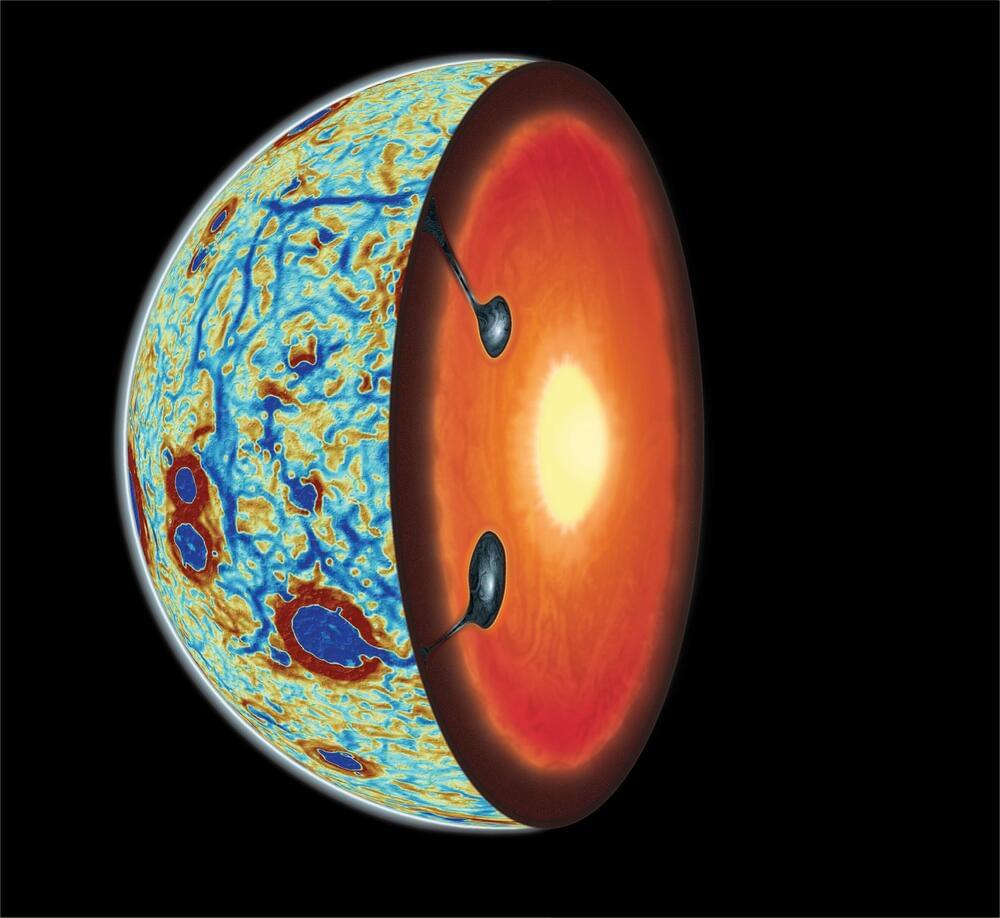About 4.5 billion years ago, a small planet smashed into the young Earth, flinging molten rock into space. Slowly, the debris coalesced, cooled and solidified, forming our moon. This scenario of how the Earth’s moon came to be is the one largely agreed upon by most scientists. But the details of how exactly that happened are “more of a choose-your-own-adventure novel,” according to researchers in the University of Arizona Lunar and Planetary Laboratory who published a paper in Nature Geoscience.

What might have been responsible for the lunar far side having a much thicker crust than the lunar near side is that a second moon once shared the exact same orbit. These moons might have been drawn closer to each other by their gravity until they merged.